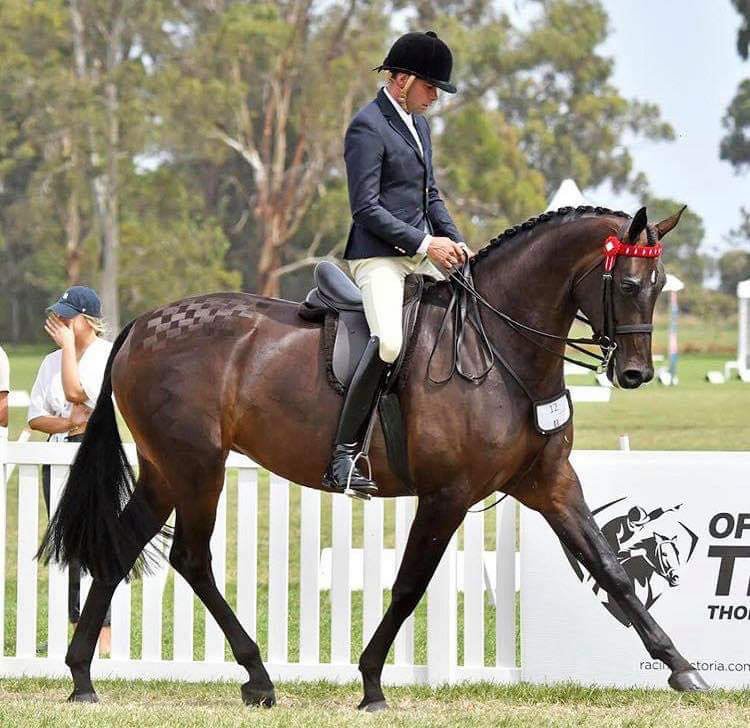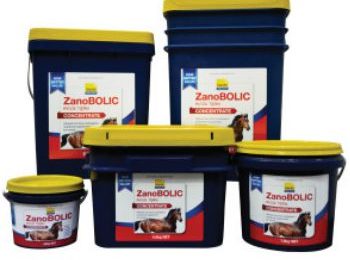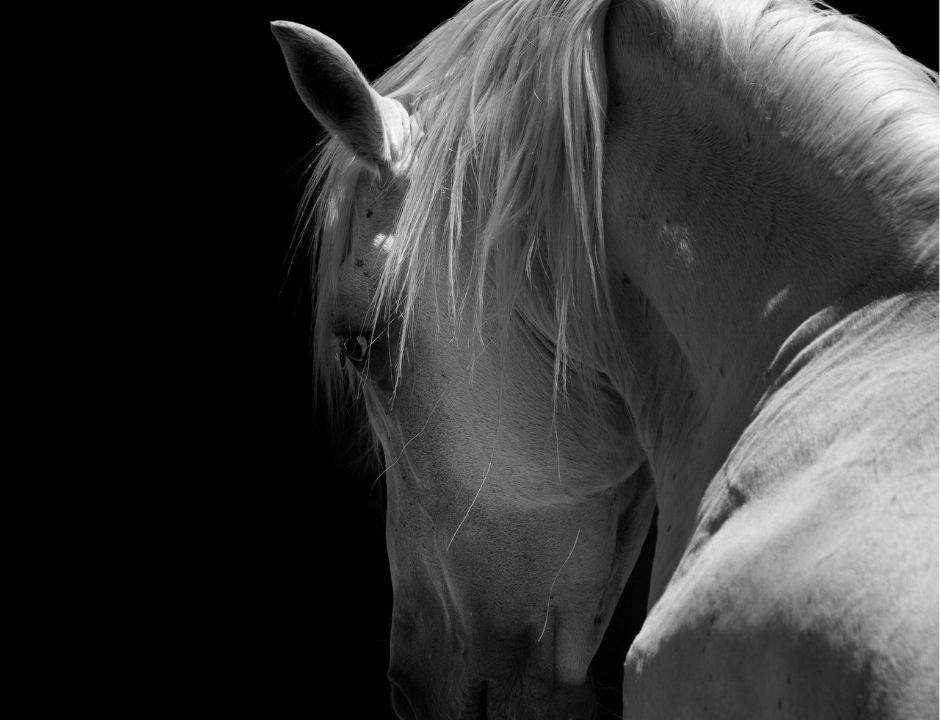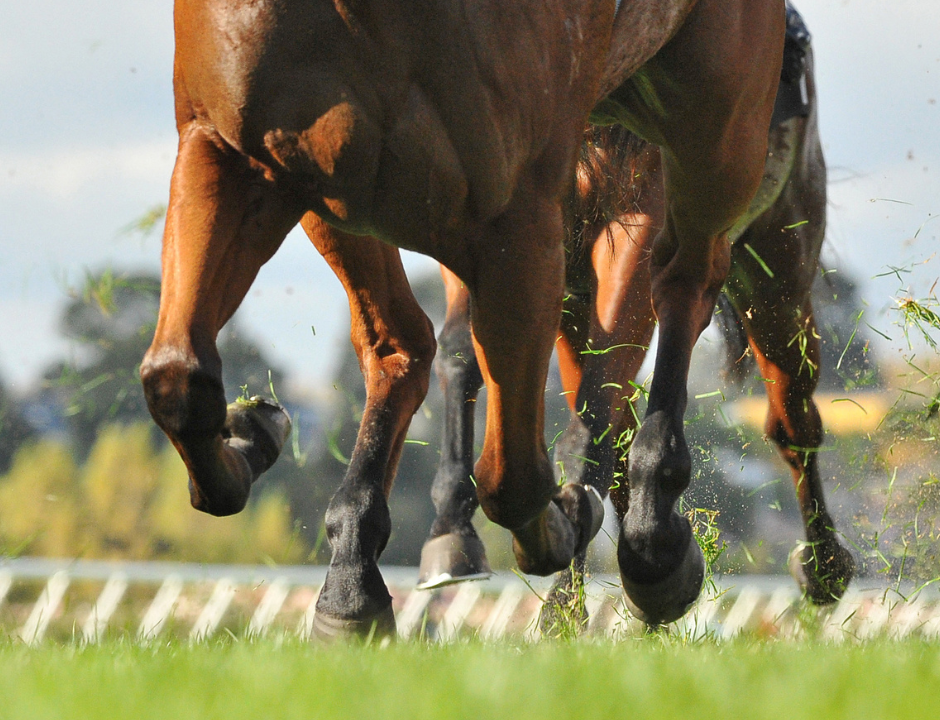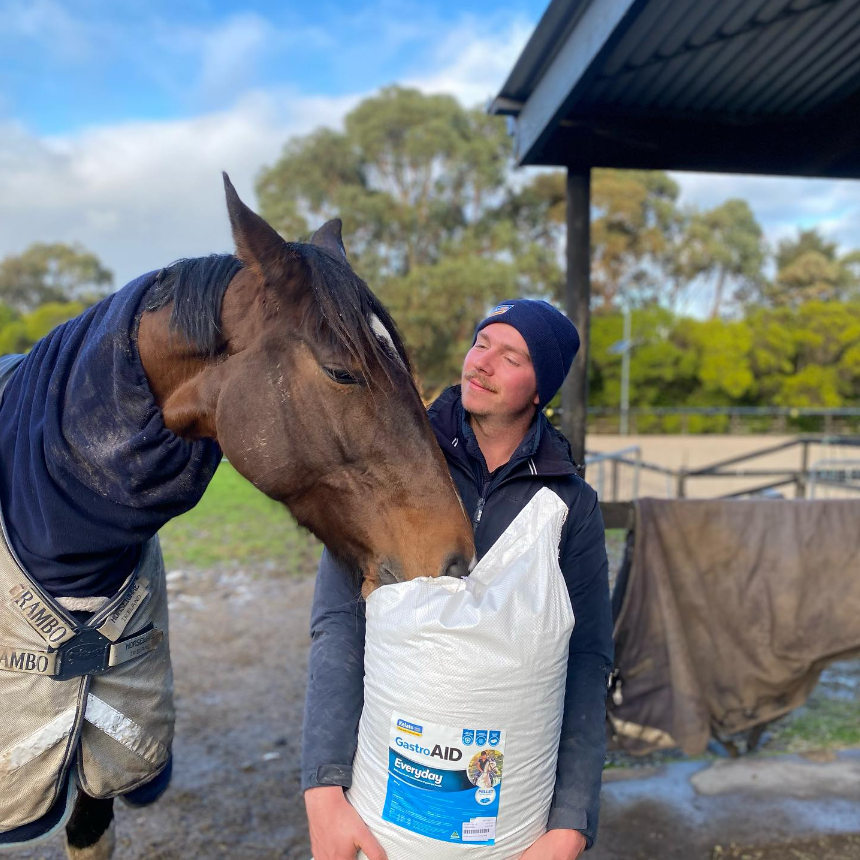It doesn’t seem to matter what we do with our horses, whether they are high performance or weekend pony clubbers, we all take pride in their appearance. A glossy coat and good body condition are at the top of the list, but one of our most common desires is to have a horse with good topline.
So, what is topline? Topline refers to the muscle groups that run along the horse’s spine: from the end of the neck at the withers, down the back and loin, and over the hip into the croup. A horse’s neck should transition smoothly into the shoulders, with no angular gaps around the withers. The spine should be surrounded by toned muscles along its length down into the croup. An obvious sign of poor topline is prominent spinal vertebrae along the horse’s back.
Increasing your horse’s workload should fix the issue, right? Improving topline isn’t just about implementing “topline-building exercises”. Before attempting to do so, it’s important to assess potential reasons why your horse is underdeveloped.
Why does my horse have poor topline?
There are various factors that can contribute to poor topline including age, pain, underlying health conditions, workload, incorrect exercise and nutrition.
Age
Loss of topline can be a normal part of the aging process as horses start to lose muscle mass and abdominal strength. Topline muscles strengthen through building core muscles. Maintaining good posture is important just as important in horses as it is in humans! This is why continuation of exercise is important. Long and low exercise with the neck slightly flexed and back arched will engage the abdominal muscles and is an effective way of building topline.
Pain & Underlying Health Issues
Chronic pain alters metabolic hormone profiles, especially cortisol, which decreases nutrient utilisation and increases muscle breakdown. A horse in a chronic state of breaking down muscle will almost always have a weak topline. Causes of chronic pain include microfractures, tendon/ligament injuries, osteoarthritis, strained muscles and hoof pain caused by navicular syndrome, laminitis or sesamoiditis. A horse suffering from chronic pain will subconsciously adjust its use of muscles in an attempt to relieve pain, resulting in unbalanced musculature and a weak topline.
Poor saddle fit can also have a significant effect on topline development, as your horse will constantly re-adjust his posture to relieve pain, resulting in muscle wastage over time. So, it is important to get a qualified fitter to evaluate your saddle. Don’t forget your horse’s back shape changes with age and training. As their topline improves, horses will need regular saddle re-fitting as uncomfortable pressure points can develop along the new musculature. Young horses also require regular adjustments in saddle fit as their bodies continue to grow and develop.
Poor topline development, and loss of muscle mass overall, could also be indicative of an underlying health issue such as polysaccharide storage myopathy (PSSM) or Cushing’s. Horses with Cushing’s have a benign pituitary growth on their brain that causes overproduction of hormones, including ACTH, which controls cortisol secretion. As with chronic pain, high cortisol causes poor utilisation of glucose and breakdown of muscle tissue.
Exercise
The saying “if you don’t use it, you lose it” couldn’t be more applicable when discussing topline development. Remember that good topline stems from the horse’s abdominal strength. Core training is a gradual process, so don’t expect a miracle overnight. Starting with ground exercises is critical to strengthen stabilising muscles in the back and abdomen. Carrot exercises prior to exercise make for a great topline building workout. As mentioned above, working your horse long and low under saddle will also help to engage their core.
Nutrition
As with anything, nutrition plays a pivotal role in muscle development. The horse’s topline is mostly made out of muscle. Muscle is made from protein. Hence, it makes sense that the horse requires adequate protein in their diet in order to build muscle. Therefore, if you are meeting your horse’s crude protein requirements they should turn into a well-muscled Adonis… The thing is, not all protein is created equal!
Protein is made up of building blocks called amino acids. Amino acids can be classified as “non-essential” and “essential”. The horse can produce non-essential amino acids, but must gain essential amino acids from its diet. These essential amino acids must also be present in the right quantities to build muscle. If the horse does not consume adequate quantities of an essential amino acid, muscle building simply stops.
Feeding more protein isn’t necessarily the answer to better topline! Rarely are diets lacking in crude protein, but rather quality protein. Some protein sources have a very similar essential amino acid profile to muscle. This is useful when it comes to providing the right building blocks to build muscle protein. This type of protein is classified as “high quality protein”. An example of high quality protein is soybean meal. This is why it’s important to read the back of the feed bag! Have a look at the ingredients list. Does the manufacturer state what source of protein they use?
When formulating a diet, it’s important to treat each horse as an individual. Often horse owners aren’t feeding the correct amount of a commercial feed. This is likely because they haven’t selected the right feed for their horse. You need to take into account the horse’s age, breed, weight, body condition, workload, personality and any health conditions. It is best to consult with an equine nutritionist to select the right feed for your horse.
What else can I do?
A muscle-building supplement can provide your horse with the extra support it needs for optimal topline development. Kelato’s ZanoBOLIC Concentrate is a refined rice bran embryo extract that increases fat metabolism and protein synthesis. When combined with exercise and a nutritionally balanced diet, ZanoBOLIC enables the body to increase lean muscle mass and build topline. The great thing about ZanoBOLIC is a little bit goes a long way. It’s highly concentrated formulation means you only need to feed 10 – 30g per day!
Want to find out more? Head to the ZanoBOLIC page, get in touch on 1800 KELATO or email technical@kelato.com.au.
